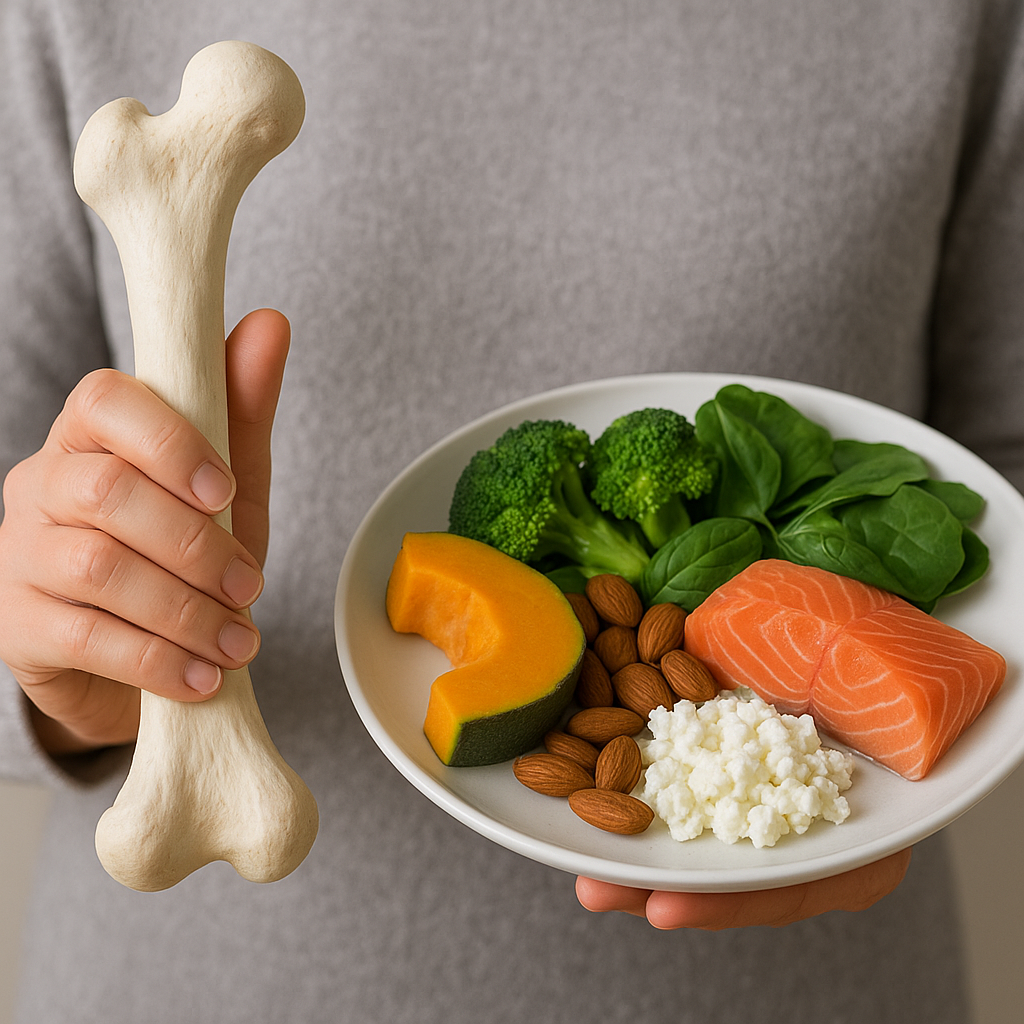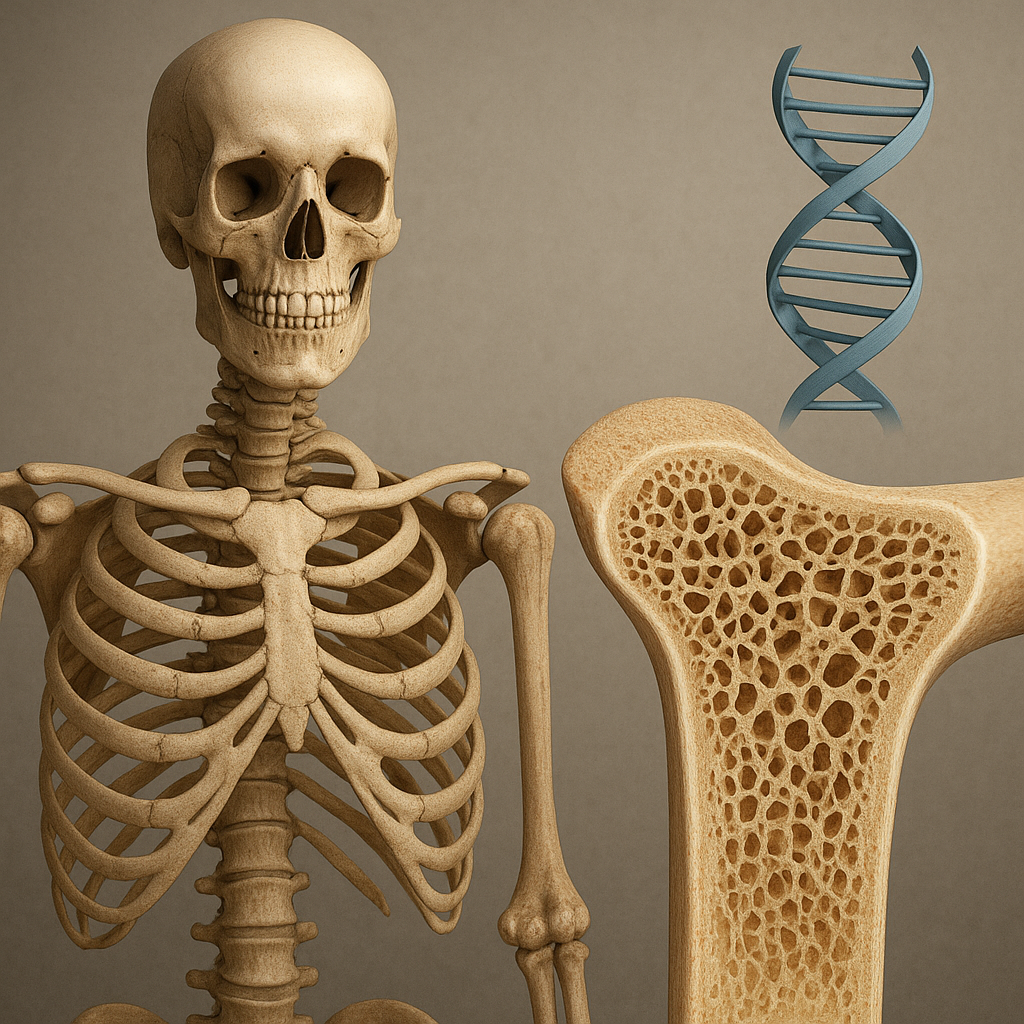The effects of corticosteroids on bone strength are a significant concern in both clinical and everyday settings, as these medications are widely used to treat various inflammatory and autoimmune conditions. While corticosteroids can provide essential relief from symptoms, their impact on bone health can lead to serious complications, including osteoporosis and increased fracture risk. Understanding the mechanisms by which corticosteroids affect bone strength is crucial for both patients and healthcare providers to mitigate these risks and promote better bone health.
Understanding Corticosteroids
Corticosteroids are synthetic drugs that mimic the effects of hormones produced by the adrenal glands. They are commonly prescribed for conditions such as asthma, rheumatoid arthritis, lupus, and other inflammatory diseases. Corticosteroids work by suppressing the immune system and reducing inflammation, which can lead to significant improvements in symptoms and quality of life for many patients. However, the long-term use of these medications can have adverse effects on various bodily systems, particularly the skeletal system.
Mechanism of Action
The primary mechanism by which corticosteroids affect bone strength involves their influence on bone metabolism. Corticosteroids can alter the balance between bone resorption and bone formation, leading to a net loss of bone density. This occurs through several pathways:
- Inhibition of Osteoblast Function: Corticosteroids suppress the activity of osteoblasts, the cells responsible for bone formation. This inhibition reduces the production of new bone tissue, contributing to decreased bone density.
- Increased Osteoclast Activity: Corticosteroids can enhance the activity of osteoclasts, the cells that break down bone. This increased resorption further exacerbates the loss of bone density.
- Altered Calcium Metabolism: Corticosteroids can interfere with calcium absorption in the intestines and increase renal calcium excretion, leading to a negative calcium balance that is detrimental to bone health.
- Impact on Hormonal Regulation: Corticosteroids can affect the levels of hormones such as parathyroid hormone (PTH) and estrogen, both of which play critical roles in maintaining bone density.
Clinical Implications
The clinical implications of corticosteroid-induced bone loss are profound. Patients on long-term corticosteroid therapy are at a significantly higher risk of developing osteoporosis, a condition characterized by weakened bones and an increased risk of fractures. Studies have shown that even short-term use of corticosteroids can lead to measurable decreases in bone mineral density, particularly in the spine and hip, which are common sites of osteoporotic fractures.
Healthcare providers must be vigilant in monitoring bone health in patients receiving corticosteroid therapy. This includes regular assessments of bone mineral density, especially for those on high doses or prolonged treatment regimens. Additionally, preventive measures such as lifestyle modifications, dietary changes, and pharmacological interventions may be necessary to mitigate the risk of osteoporosis.
Strategies to Mitigate Bone Loss
Given the potential for corticosteroids to negatively impact bone strength, it is essential to implement strategies aimed at preserving bone health in affected patients. These strategies can be categorized into lifestyle modifications, dietary interventions, and pharmacological treatments.
Lifestyle Modifications
Encouraging patients to adopt healthy lifestyle habits can play a crucial role in maintaining bone strength during corticosteroid therapy. Key lifestyle modifications include:
- Regular Weight-Bearing Exercise: Engaging in weight-bearing and resistance exercises can help stimulate bone formation and improve overall bone density. Activities such as walking, jogging, and strength training are particularly beneficial.
- Avoiding Smoking: Smoking has been shown to have detrimental effects on bone health. Patients should be encouraged to quit smoking to reduce their risk of osteoporosis.
- Limiting Alcohol Consumption: Excessive alcohol intake can interfere with calcium absorption and bone formation. Patients should be advised to limit their alcohol consumption to promote better bone health.
Dietary Interventions
Nutrition plays a vital role in maintaining bone health, especially for individuals on corticosteroid therapy. Key dietary interventions include:
- Calcium and Vitamin D Intake: Ensuring adequate intake of calcium and vitamin D is essential for bone health. Patients should aim for a diet rich in dairy products, leafy greens, and fortified foods. In some cases, supplementation may be necessary to meet daily requirements.
- Balanced Diet: A well-balanced diet that includes a variety of nutrients, such as protein, magnesium, and phosphorus, is important for overall bone health. Patients should be encouraged to consume a diverse range of foods to support their nutritional needs.
Pharmacological Treatments
In addition to lifestyle and dietary modifications, pharmacological treatments may be necessary to prevent or treat corticosteroid-induced osteoporosis. Commonly used medications include:
- Bisphosphonates: These drugs help to inhibit bone resorption and can be effective in increasing bone mineral density in patients receiving corticosteroids.
- Selective Estrogen Receptor Modulators (SERMs): SERMs can mimic estrogen’s protective effects on bone and may be beneficial for postmenopausal women on corticosteroid therapy.
- Denosumab: This monoclonal antibody targets RANKL, a protein involved in osteoclast formation, and can help reduce bone loss in patients receiving corticosteroids.
- Teriparatide: This anabolic agent stimulates bone formation and may be considered for patients with severe osteoporosis.
Conclusion
The effects of corticosteroids on bone strength are a critical consideration for both patients and healthcare providers. While these medications are invaluable in managing various medical conditions, their potential to induce bone loss necessitates proactive measures to protect bone health. By understanding the mechanisms of corticosteroid-induced bone loss and implementing effective strategies, patients can minimize their risk of osteoporosis and maintain a higher quality of life. Ongoing research and education are essential to further elucidate the relationship between corticosteroids and bone health, ultimately leading to improved patient outcomes.













